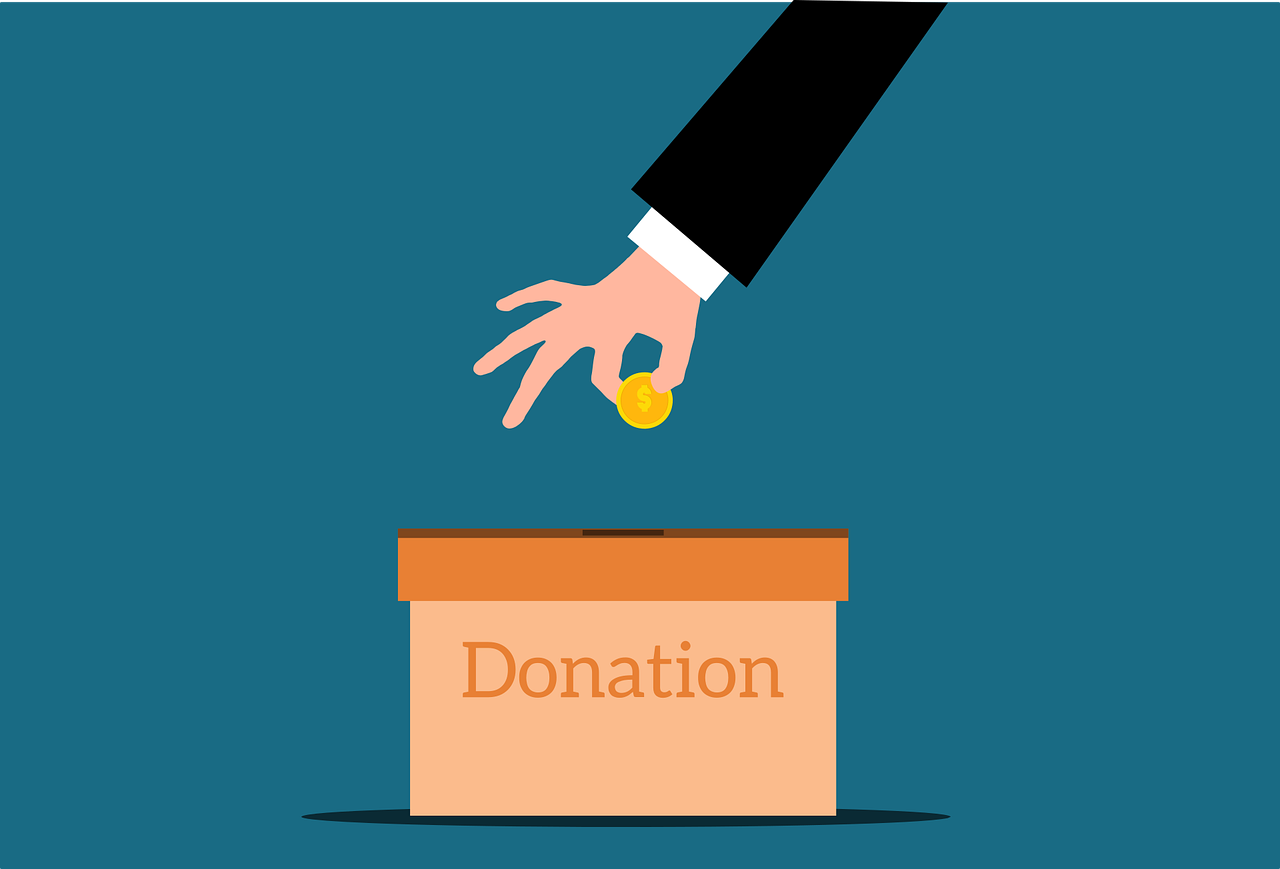NFTs have been around since early 2014. It’s not surprising now, nearly some ten years later, people are beginning to explore more and more the applications for using these unique tokens. Large not-for-profit organizations such as The Red Cross and UNICEF have been accepting cryptocurrency donations since as early as 2014, however, the use of NFTs as a donation or fundraising mechanism has only begun to be explored recently.
So, can NFTs be used to raise money for good causes? And will they replace the old ways of fundraising?
Most not-for-profit organizations will be using a variety of fund-raising mechanisms. They may have private donors, grant writers applying for funding from governments, institutions, or private organizations, they may be selling merchandise, experiences, or products, or perhaps holding specific fundraising events such as galas, auctions, or races. Very few however have yet ventured into the world of crypto and NFTs for fundraising. And it would seem there is certainly some trepidation in taking these first steps, which is understandable. Most of these organizations have been in existence for many years, some as many as 100! And they will have witnessed and adapted along the way to donation trends.
There are several avenues for using NFTs to raise money, and along with it, awareness. There have been a number of examples of celebrities or brand ambassadors doing one-off sales and donating the proceeds to a charity of their choosing (see Ellen DeGeneres or Jack Dorsey). Alternatively, organizations are choosing to launch their own range or series as it is more often referred to with NFTs, which can provide donations through both the initial sale and then a percentage of each trade or sale thereafter, like an ongoing commission (see WWF). This possibility of recurring donations from future sales could be a game-changer for not-for-profits who often feel the effects of donor fatigue, economic recessions, and varying political viewpoints and priorities swaying government funding.
What does the future hold?
Transparency with any donation is key to securing and keeping donors. Donors must be made aware of the percentage of their donation being used for transaction processing and fees, and the dollar amount going directly to the project they have chosen to support and what it is being spent on, as in most cases the not-for-profit organizations are partnering with other organizations or platforms who already have the technology in place to enable them to jump straight in. Some recent examples of environmental NFT successes include 1-hectare plots of the Amazon Rainforest in Brazil being purchased and thus protected from deforestation (see Moss NFT) or reintroduction of bison to protected habitat in Romania (see Project Ark). Hopefully, these are signs of many good things to come.
There are still certainly some hurdles ahead to open up NFTs and crypto as mainstream donation mechanisms, mostly tax and legal hurdles for the not-for-profit organizations hoping to accept them. However, as Sid Davis at the National Council of Nonprofits said “Change happens quickly in the digital world, and it’s usually better to be out front than trying to catch up”.


